If you’re using a Hikvision NVR (Network Video Recorder), chances are you already know the importance of video recording for your security needs. Hikvision is a popular brand known for its high-quality surveillance equipment. Their NVRs not only offer top-notch recording capabilities but also allow you to save that footage for future use. This feature comes in handy when you need to provide evidence for legal purposes or simply review past events.
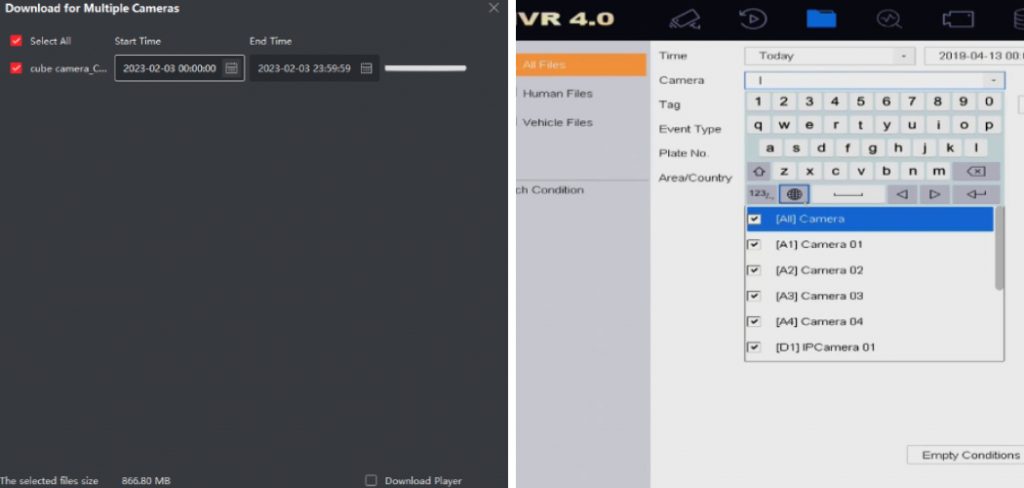
The main advantage of knowing to save video from hikvision nvr is that it allows you to access and store your surveillance footage for future reference. This can be especially useful in situations where there may have been a security breach, or if you simply want to review past events. In this blog post, You will learn in detail how to save video from hikvision nvr.
Step by Step Processes for How to Save Video From Hikvision Nvr
Step 1: Inspect Your Hikvision Nvr
Before you start saving videos from your Hikvision NVR, it’s important to first inspect the device and ensure that it is working properly. Check for any physical damages or malfunctions that may affect its performance.
Step 2: Connect to Your Network
To save videos from your Hikvision NVR, you need to connect it to your network. This can be done through an Ethernet cable or wirelessly, depending on the capabilities of your NVR. Once connected to your network, you need to access the configuration menu of your Hikvision NVR. This is where you can make changes and adjust settings for video storage and recording.
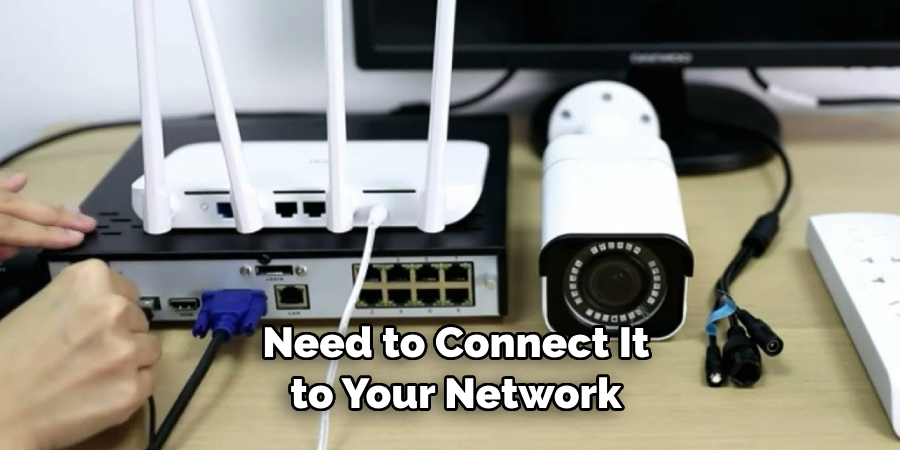
Step 3: Set up Recording Schedule
In the configuration menu, you can set up a recording schedule for your NVR. This allows you to specify when and how long videos should be recorded. Hikvision NVRs offer different video quality options, so it’s important to choose the one that best suits your needs. Keep in mind that higher quality videos will take up more storage space.
Step 4: Select a Recording Mode
There are different recording modes available on Hikvision NVRs, such as continuous, motion detection, and alarm-triggered. Choose the appropriate mode based on your preferences and needs. If you choose to use motion detection as your recording mode, it’s important to set the sensitivity level accordingly. This will ensure that only relevant movement triggers video recording.
Step 5: Specify Storage Location
In the configuration menu, you can also specify where you want your videos to be saved. You can choose between local storage on the NVR or remote storage on a network drive. If you want to be able to access your saved videos remotely, make sure to enable remote access on your Hikvision NVR. This will allow you to view and download videos from any device with an internet connection.
Step 6: Save and Export Videos
Once all the necessary settings have been configured, your Hikvision NVR will start recording videos according to your specified preferences. To save and export these videos, simply access the storage location you chose in Step 8 and transfer them to your preferred device.
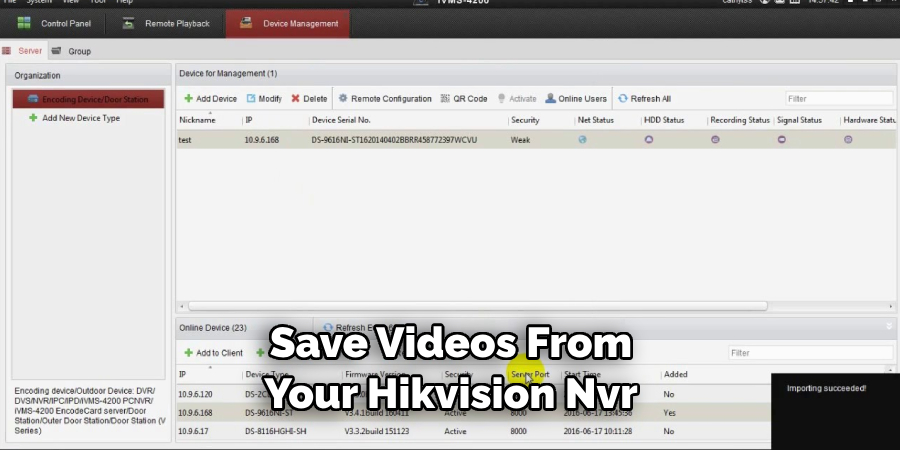
By following these easy steps, you can easily save videos from your Hikvision NVR and have them readily available for future viewing or sharing. Additionally, make sure to regularly check and maintain your NVR to ensure optimal performance and video storage capacity. With proper usage and maintenance, your Hikvision NVR can be a reliable tool for capturing and storing important footage.
Safety Tips for How to Save Video From Hikvision Nvr
- Always make sure that the NVR is powered off before attempting to save video footage. This will prevent any accidental modifications or deletions of important video files.
- Use a stable internet connection when accessing the NVR remotely to ensure a smooth and uninterrupted transfer of video files.
- Create multiple backups of important video footage in different storage devices or online platforms to safeguard against data loss in case of hardware failure or theft.
- Regularly check the storage space available in the NVR and make sure to free up space by deleting unnecessary video files. This will prevent any disruption in recording due to lack of storage space.
- Change the default password of your NVR to a strong and unique one to prevent unauthorized access that could compromise your security or delete important video files.
- Keep your NVR and its surrounding area clean to prevent any damage or malfunction caused by dust, debris, or other environmental factors. Regularly check and clean the fans and vents to ensure proper ventilation.
- Consult a professional if you encounter any technical issues with your NVR. Attempting to fix it on your own may result in further damage or loss of important video footage. Additionally, make sure to keep your NVR’s firmware up to date by regularly checking for updates from the manufacturer.
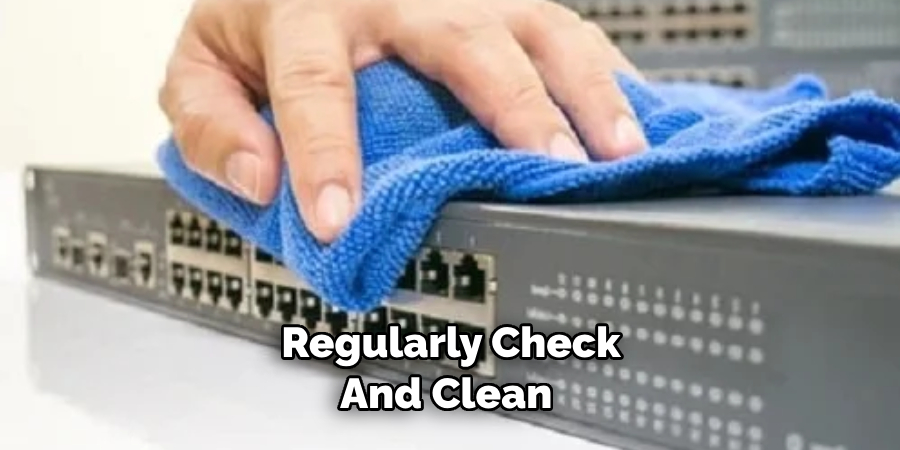
By following these safety tips, you can ensure the security and longevity of your Hikvision NVR system and its valuable video footage. Remember to always be cautious when handling any type of technology, especially when it comes to important data such as surveillance footage.
How Much Storage Space is Required to Save Video From a Hikvision Nvr?
The amount of storage space required to save video from a Hikvision NVR depends on several factors such as the resolution and frame rate of the video, compression settings, and the length of time the video is recorded. Typically, a 1-megapixel camera recording at 15 frames per second with medium compression can use up approximately 1GB of storage space per hour of video footage.
This means that a 1TB hard drive can hold approximately 1000 hours of video from one camera. However, it is recommended to have at least double the amount of storage space available to accommodate for any unexpected events or prolonged recording periods. It is also important to regularly check and manage the storage space to ensure continuous recording and prevent data loss.
Other Methods for Saving Video From a Hikvision Nvr
Aside from directly saving video footage on the NVR’s internal storage, there are other methods that can be used to save and access video files. One option is to use cloud-based storage services, which allow users to remotely store and access their video footage online. This is especially useful for backup purposes, as it ensures that video files are not lost in case the NVR’s storage fails or is damaged.
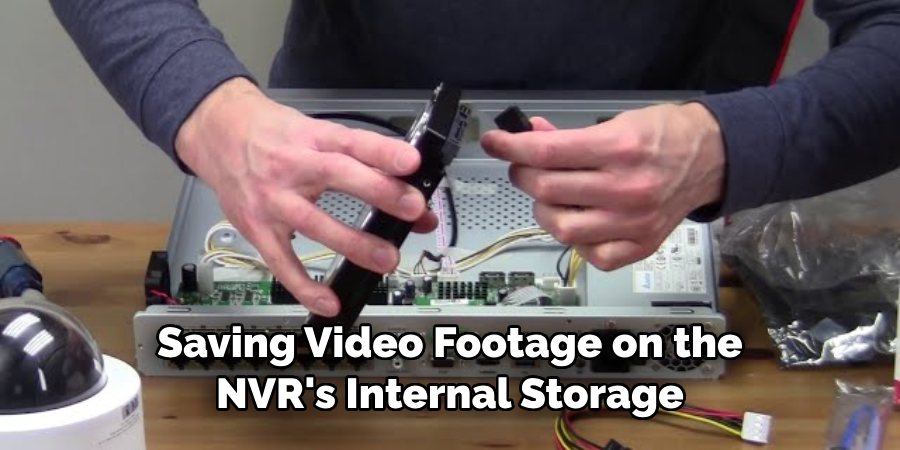
Another method is to connect an external hard drive or USB device to the NVR and save the video footage directly onto it. This allows for easy transfer of files and also provides additional storage space for saving more video footage.
Some Hikvision NVRs also have the capability to connect to a network storage device (NAS) for saving and accessing video files. This is useful for businesses or organizations that may have multiple NVRs in different locations, as it allows for centralized storage and management of video footage.
Are There Any Limitations or Restrictions on How Much Video Can Be Saved From a Hikvision Nvr?
While Hikvision NVRs offer a variety of storage options for recording and storing video footage, there are some limitations and restrictions that users should be aware of. These limitations are often determined by factors such as the NVR’s storage capacity, network bandwidth, and the type of video compression used. One limitation to consider is the amount of storage space available on the NVR itself.
Depending on the specific model, Hikvision NVRs can have anywhere from 4 to 64 hard drive bays, with each bay typically able to hold up to 10TB of storage. This means that the total amount of video footage that can be saved on the NVR at any given time will vary depending on the number and size of the hard drives installed.
Another factor to consider is the network bandwidth available for video streaming and recording. Hikvision NVRs support a range of video resolutions, from standard definition (720p) to ultra-high definition (4K), with higher resolutions requiring more bandwidth.
If the network does not have enough bandwidth to handle the amount of data being transmitted, it can result in packet loss and degraded video quality. Additionally, the type of video compression used can also affect the amount of footage that can be saved on a Hikvision NVR. For example, H.265+ compression technology offers much higher efficiency than older standards like H.264, allowing for more video to be stored in less space.
Is There a Way to Protect or Secure the Saved Video Files on a Hikvision Nvr?
As technology advances, the use of security cameras has become increasingly popular. Many people choose to use a Hikvision NVR (Network Video Recorder) to store and manage their surveillance footage. However, one concern that arises is the security of the saved video files on the NVR.
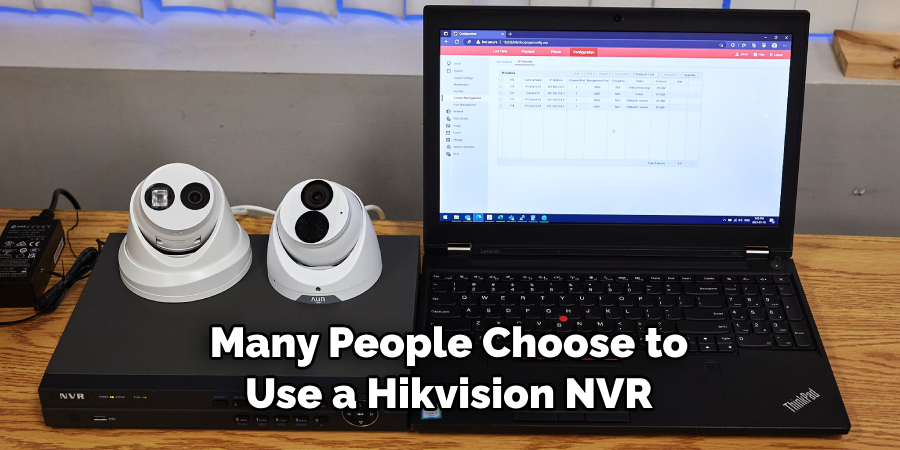
Fortunately, there are measures that can be taken to protect and secure these video files. One way is to set up user accounts and passwords on the NVR. This allows for restricted access, ensuring that only authorized users can view or manipulate the video files.
Another option is to enable encryption on the NVR. This means that the saved video files will be scrambled and unreadable without a specific decryption key. This adds an extra layer of security and ensures that even if the NVR is compromised, the video files will remain protected.
Overall, while there is no foolproof way to protect or secure saved video files on a Hikvision NVR, taking these measures can greatly improve the security of the footage and provide peace of mind for users. It is always better to be safe than sorry when it comes to protecting sensitive information.
Conclusion
In conclusion, the process of saving video from a Hikvision NVR is fairly straightforward, but it is important to follow the correct steps in order to ensure the best possible quality and reliability.
By following these steps, you can easily save your surveillance footage for future reference or evidence. One key tip to keep in mind is to regularly check and update your NVR firmware to ensure that it is functioning properly and to take advantage of any new features that may improve your video saving experience.
Furthermore, it is important to keep your NVR and cameras well-maintained and cleaned to ensure optimal performance. This will not only improve the quality of your saved videos, but also extend the lifespan of your equipment. I hope this article has been beneficial for learning how to save video from hikvision nvr. Make Sure the precautionary measures are followed chronologically.
About
Safety Fic is a distinguished figure in the world of Diy design, with a decade of expertise creating innovative and sustainable Diy solutions. His professional focus lies in merging traditional craftsmanship with modern manufacturing techniques, fostering designs that are both practical and environmentally conscious. As the author of diy, Safety Fic delves into the art and science of Safety Fic-making, inspiring artisans and industry professionals alike.
Education RMIT University
(Melbourne, Australia) Associate Degree in Design (Safety Fic) Focus on sustainable design, industry-driven projects, and practical craftsmanship. Gained hands-on experience with traditional and digital manufacturing tools, such as CAD and CNC software.
Nottingham Trent University
(United Kingdom) Bachelor’s in diyfastly.com and Product Design (Honors) Specialized in product design with a focus on blending creativity with production techniques. Participated in industry projects, working with companies like John Lewis and Vitsoe to gain real-world insights.
Publications and Impact
In diy, Safety Fic his insights on indoor design processes, materials, and strategies for efficient production. His writing bridges the gap between artisan knowledge and modern industry needs, making it a must-read for both budding designers and seasoned professionals.
